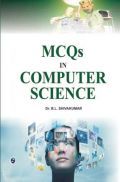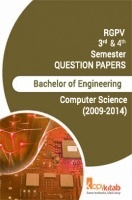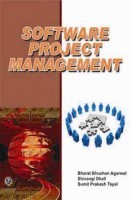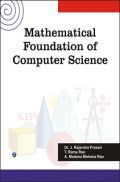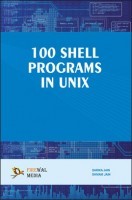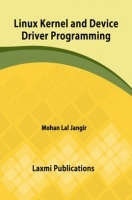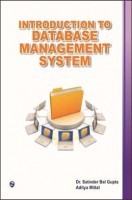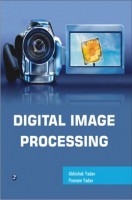Introduction To Data Mining With Case Studies by Gupta
Book Summary:
The field of data mining provides techniques for automated discovery of valuable information from the accumulated data of computerized operations of enterprises. This book offers a clear and comprehensive introduction to both data mining theory and practice. It is written primarily as a textbook for the students of computer science, management, computer applications, and information technology.
The book ensures that the students learn the major data mining techniques even if they do not have a strong mathematical background. The techniques include data pre-processing, association rule mining, supervised classification, cluster analysis, web data mining, search engine query mining, data warehousing and OLAP. To enhance the understanding of the concepts introduced, and to show how the techniques described in the book are used in practice, each chapter is followed by one or two case studies that have been published in scholarly journals.
Audience of the Book :
Most case studies deal with real business problems (for example, marketing, e-commerce, CRM). Studying the case studies provides the reader with a greater insight into the data mining techniques
Key Features:
The main features of the book are as follows:
The book also provides many examples, review questions, multiple choice questions, chapter-end exercises and a good list of references and Web resources especially those which are easy to understand and useful for students. A number of class projects have also been included.
Table of Contents:
1. Introduction
2. Data understanding and Data Preparation
3. Association Rules Mining
4. Classification
5. Cluster Analysis
6. Web Data Mining
7. Search Engines and Query Mining
8. Data Warehousing
9. Online Analytical Processing (OLAP)
10. Information Privacy and Data Mining









